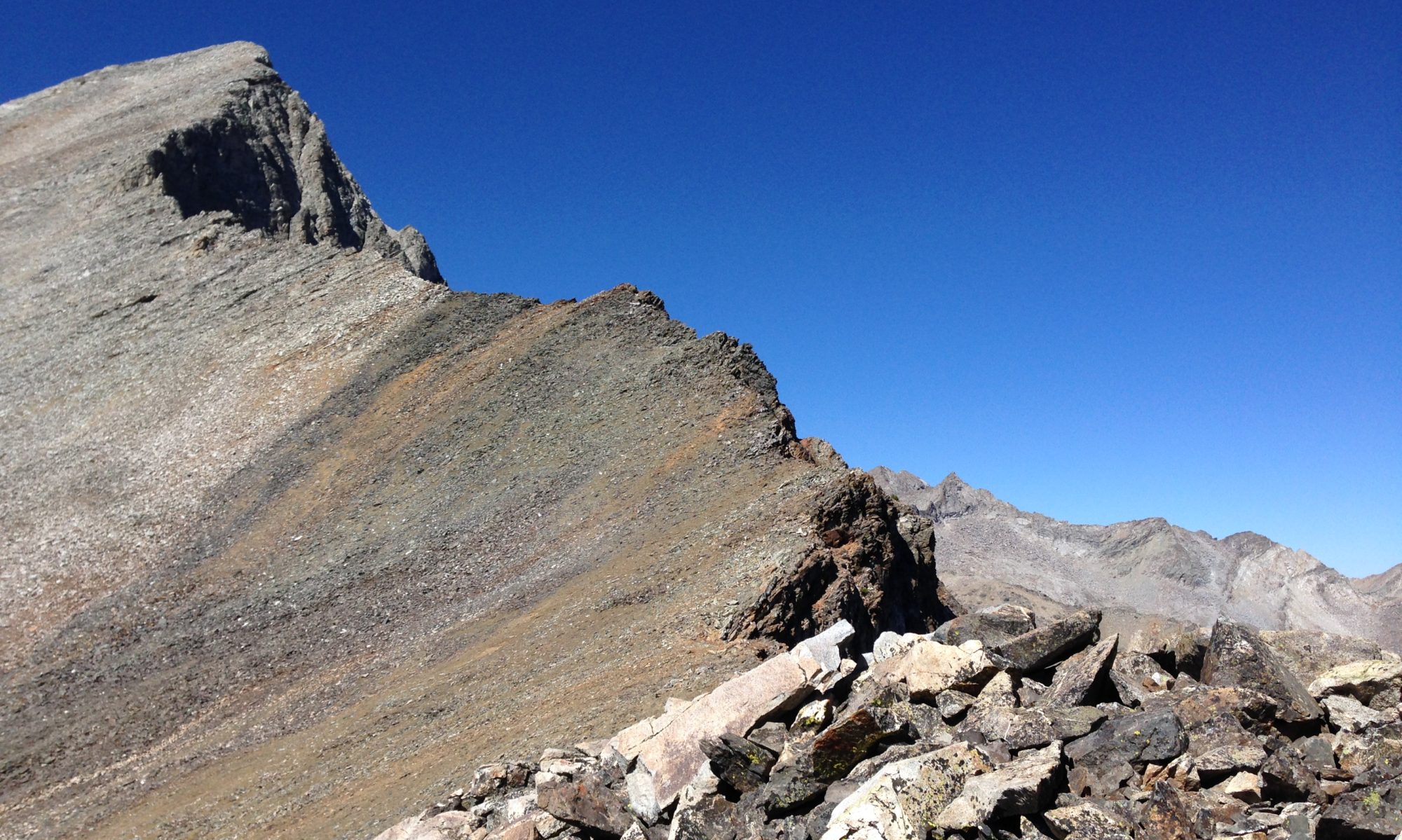Okay. The last posting is all wrong. A good start, but really rough. My resident physicist has straightened me out on several points, though there have been moments where I got some good shots in and really made her think. When your partner is a former particle accelerator jockey, not losing too bad is a win in my book.
One of the more important distinctions she’s made for me is the one between Newtonian and Quantum physics, the former is the big stuff and the latter the small. Quantum leaps are actually quite small, as it turns out. Along the way, it seemed that we might be looking at a marriage between the big and small, organization vision and structure might be Newtonian and individual passion and action might be more mappable to quantum theories. That got complicated in a hurry.
As we keep tossing Einstein’s equation around, we come up with lots of potential mappings, but Jill keeps making me make sure it ALL works… and so far it doesn’t. This doesn’t dim my view that some thing of E=mc^2 *does* map to our work in organizations.
My Bodanis reading (see last post) is bogging down a bit, but today I picked up a new book at the library: User Illusion: Cutting Consciousness Down to Size, by Tor Norretranders. In the first two pages of preface he notes the radical shifts in our understanding of “information” which we now measure in “bits.”
“Eureka!” says I.
In mapping Einstein’s equation, there is no need to map Energy, we know that organizations run on people power, perhaps more specifically, personal passion. People gotta care. No care, no go. Next, building on this notion of bits as the measure of information, it occurs to me that information is organizational analog of Mass in physics. And as bits now move along fiber optic networks, on the web, on the phone, from whiteboard to eyeball, it follows that top speed for bits in organization is same as for particles and such in physics: the speed of light.
Still have to work through all the “math” tonight with Jill, but everything seems to hold quite well. Consider: If no additional Energy is added, as organizational mass, the mass of information that is an organization, continues to grow, the speed must slow down. Conversely, if more and more Energy is poured in, remember Energy might be personal or financial or probably some other kinds too, but as it rises, either you generate lots more information or you generate lots more speed. All depends on whether the information you already have (mission, vision, grapevine, procedures manuals, email system, website, brochures and the rest) are able to handle the speed.
I think… when we say we want Action in an organization, what we usually mean is that we want mass the velocity of work to increase (or the ease to increase) when we add new Energy, rather than just getting more talk or other “information.” Or… we are creating some new information, a new pile of bits, some new story, and we want Energy, in the form of passion or cash, for instance, to increase, rather than the alternative reaction, which would be that everything just slows down.
Since this latter increase in information usually causes a decrease in speed, rather than an increase in Energy, herein lies some of the payoff of Invitation. Think of invitation as a super-slimmed down, low-bit, strategic plan. As the mass of the plan is reduced, its speed must automatically increase OR the Energy to drive it must be much less than for the old, bit-heavy “plan.” So, same Energy, more velocity, more action.
And there you have it, the beginnings of a General Theory of Invitation, or the Physics of Open Space, the latter being simply the skillful practice of Invitation in Organization.
